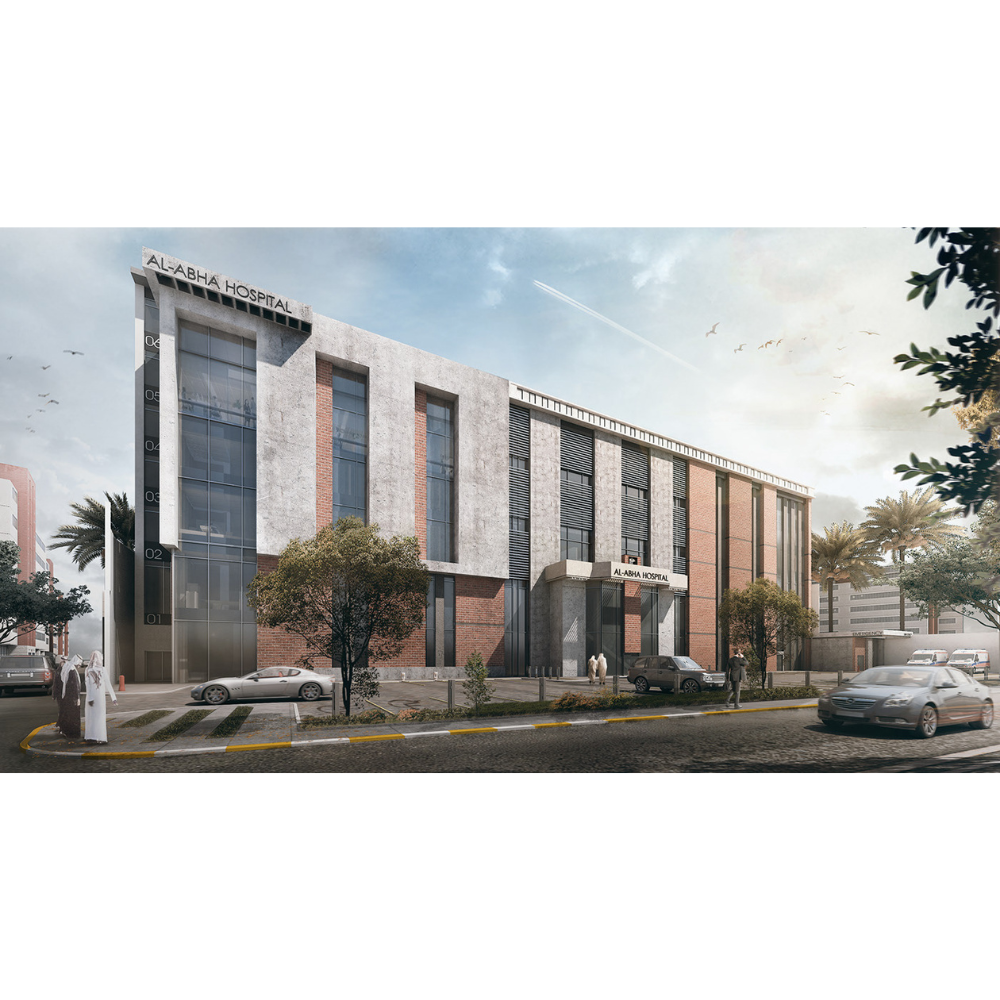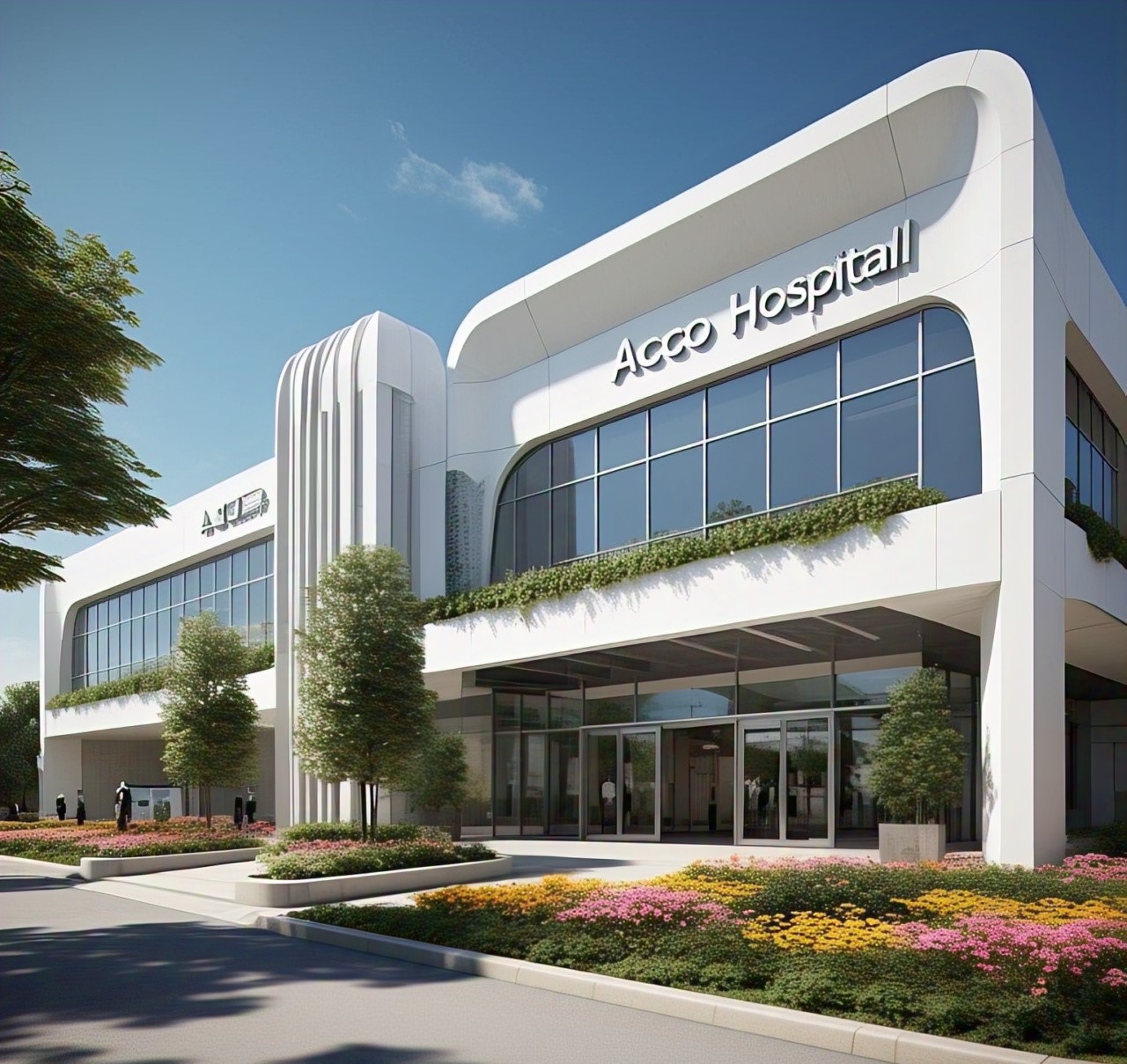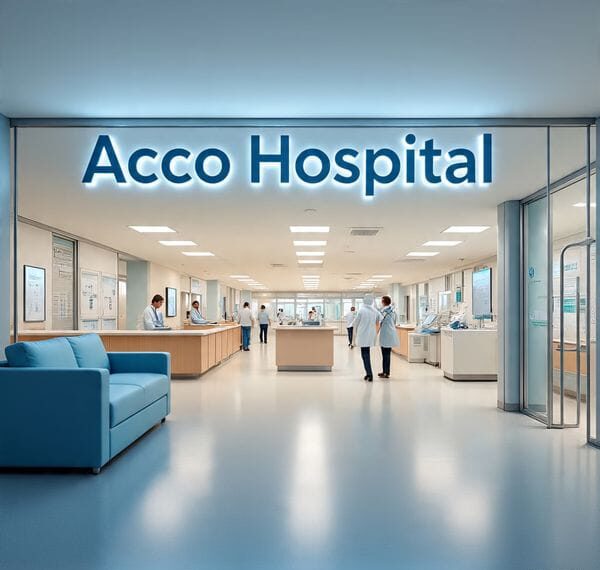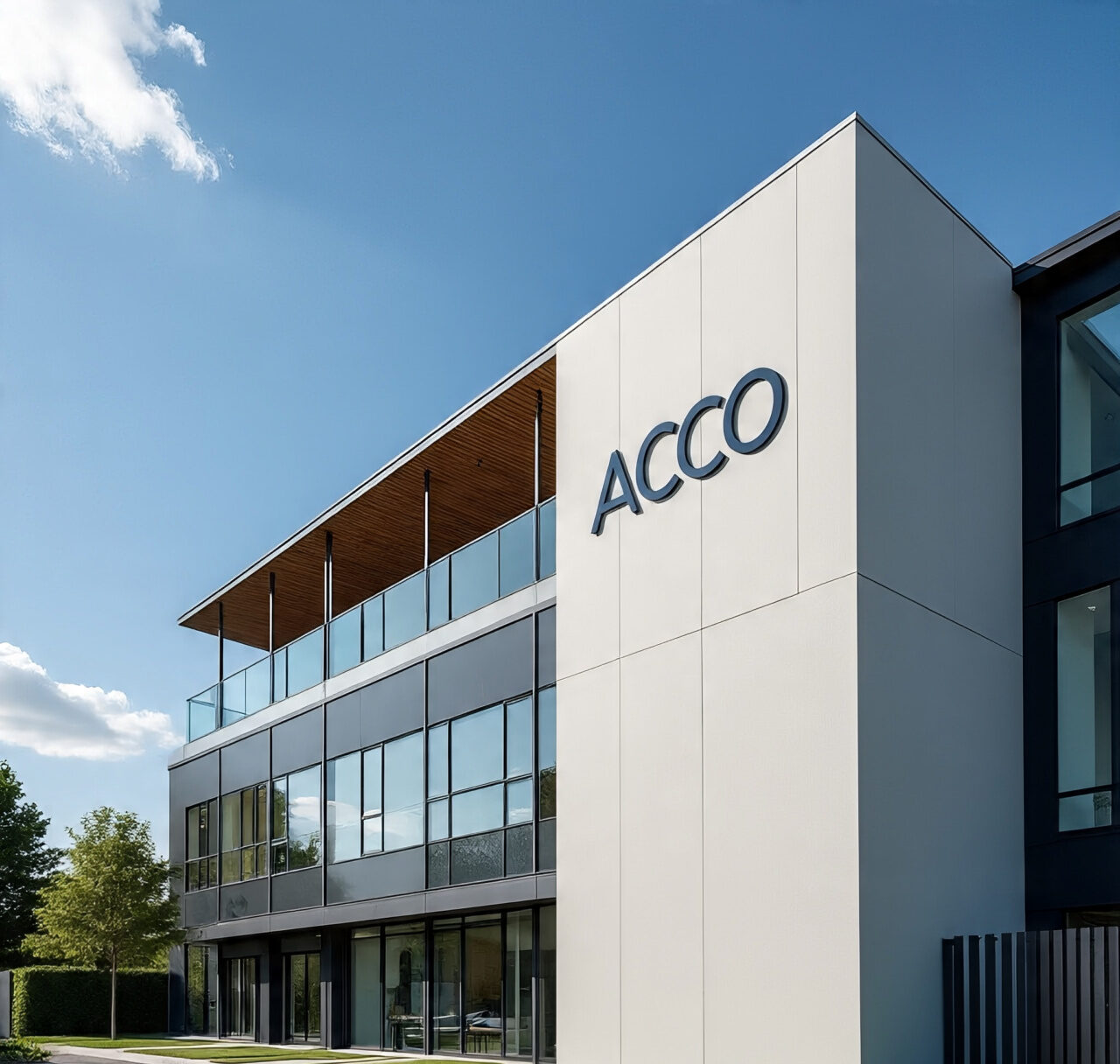
PRIMARY HEALTH CARE CENTER DESIGN SERVICES ANY WHERE IN THE WORLD
Designing a primary health care center involves several key considerations to ensure it meets the needs of the community it serves. Here’s a general outline of the process and key elements involved:
1. Needs Assessment
- Community Health Needs: Analyze local health statistics, demographic data, and community health needs.
- Stakeholder Consultation: Engage with community members, healthcare providers, and local authorities.
2. Site Selection and Planning
- Location: Choose a site that is accessible to the target population.
- Environmental Impact: Conduct an environmental impact assessment.
- Utilities and Infrastructure: Ensure availability of essential services like water, electricity, and internet.
3. Architectural Design
- Space Planning: Design spaces to support patient flow and staff efficiency.
- Reception and Waiting Areas: Comfortable and spacious to handle peak times.
- Examination Rooms: Adequate number to reduce patient wait times.
- Specialized Areas: Laboratories, diagnostic imaging, and treatment rooms.
- Support Areas: Storage, staff rooms, administrative offices, and restrooms.
4. Compliance and Standards
- Regulatory Requirements: Ensure compliance with local building codes and health regulations.
- Accessibility: Design for accessibility for all, including ramps, wide doorways, and accessible restrooms.
5. Sustainable Design
- Energy Efficiency: Use sustainable building materials and energy-efficient systems.
- Natural Light and Ventilation: Incorporate ample windows and ventilation systems.
- Waste Management: Design for proper disposal of medical and general waste.
6. Interior Design and Equipment
- Furniture and Fixtures: Choose durable, easy-to-clean materials.
- Medical Equipment: Plan for current and future needs, considering technology upgrades.
- Patient Comfort: Comfortable seating, pleasant décor, and privacy considerations.
7. Safety and Security
- Fire Safety: Install fire alarms, extinguishers, and plan for emergency exits.
- Security Systems: Incorporate surveillance cameras and secure entry systems.
8. Information Technology
- Health Information Systems: Integrate electronic health records (EHR) and telemedicine capabilities.
- Networking: Ensure robust IT infrastructure for reliable internet connectivity.
9. Construction and Project Management
- Contractors and Subcontractors: Hire experienced professionals.
- Project Timeline: Develop a realistic timeline with milestones.
- Budget Management: Monitor expenses and adjust as necessary.
10. Post-Construction
- Staff Training: Train staff on the use of the new facilities and equipment.
- Maintenance Plan: Establish a maintenance plan for the facility and equipment.
- Community Outreach: Inform the community about the new facility and services offered.
Example Case Study: Rural Health Clinic
For a rural health clinic, the design might emphasize:
- Modular Construction: For quick deployment.
- Solar Power: To address unreliable electricity supply.
- Telemedicine Rooms: To connect patients with specialists remotely.
Would you like to discuss a specific aspect of primary health care center design or need help with a particular project?
Comments
0 Likes




